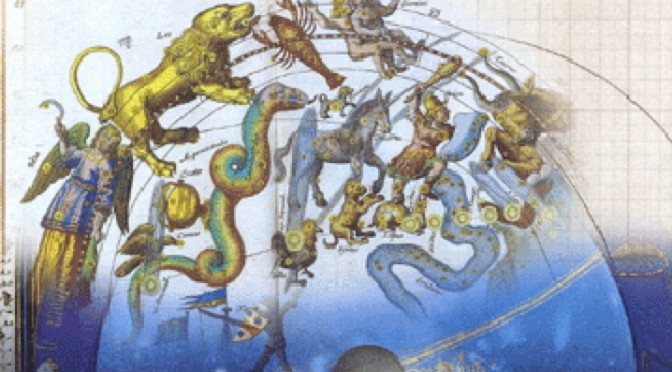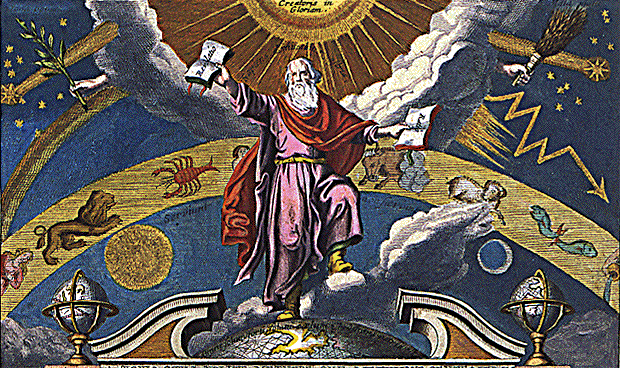Introduction
Every society has a story, rooted in its most ancient traditions, of how the earth and sky originated. Most of these stories attribute the origin of all things to a Creator -whether god, element or idea.
In the Western world all discussions of the origin of the world were dominated until the 18th century by the story of Genesis, which describes the Creation as an ordered process that took seven days. The development of mechanistic theories in the 18th century meant that the idea of an organized Creation gave way to the concept of evolution, and in the 19th century astrophysicists discovered that stars had their origin in clouds of gas. Big bang theory, conceived at the beginning of the 20th century, was subsequently developed into a more or less complete account of the history of the cosmos, from the birth of space, time and matter out of the quantum vacuum until the emergence of life.
Today sophisticated telescopes show us how the first galaxies were formed, how clouds of hydrogen gave birth to stars and how the planets emerged from swirling dust. We now know that creation is still going on in our universe but the origin of life remains an enigma. How did life forms appear? The universe’s best kept secret continues to baffle scientists.
From Myth to Myth
What are the origins of the universe, of the sky, of the earth, of life, of man? These questions have given rise to many different myths and legends and continue to be the subject of intensive research by astrophysicists, biologists and anthropologists. What were once fanciful stories are now scientific models but, whatever form they take, ideas about the origins of the universe both reflect and enrich the imagination of the people who generate them. Every society has developed its own stories to explain the creation of the world; most of them are ancient myths rooted in religion.
Whereas in monotheistic religions God is believed to have existed before the Creation, in most other kinds of religion the gods themselves are thought to originate from a creative element such as Desire, the Tree of the Universe, the Mundane Egg, Water, Chaos or the Void.
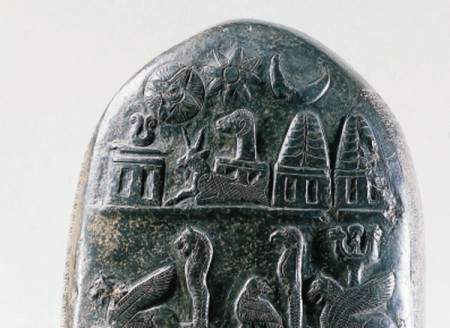
Stone from Kassite era (1202-1188 BC). Paris, Louvre.
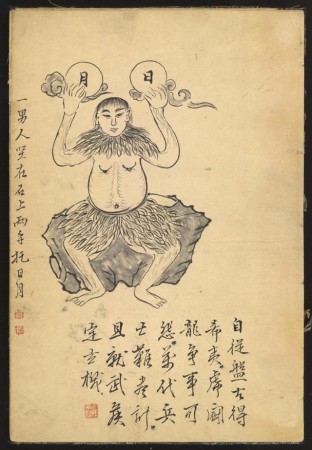
Ideas like these appear in the Rig-veda, one of the four sacred books of the Brahmins and the oldest surviving written record of Indian culture which were compiled between 2000 and 1500 BC. The Tree of the Universe, symbol of the outward growth of the world and of its organic unity, is mentioned in ancient Indian legends as well as in those of the Babylonians and Scandinavians (who call it Yggdrasil). The anthropomorphic symbol of Desire was invoked by the Phoenicians and by the Maoris of New Zealand. The Mundane Egg, from which the Hindu Prajapatis (lords of all living things) emerged, also gave birth to the gods Ogo and Nommo, worshipped by the Dogon of Mali, and the Chinese giant Pan Gu as well as constituting the celestial vault in the legend of Orpheus.
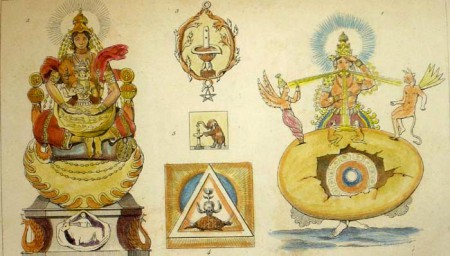
A belief in some such primordial element, of which there are traces in every culture, underlies man’s thinking about the history of the cosmos like a primitive universal symbol buried in the collective subconscious. This may explain the vague links which can always be discerned between this or that creation myth and modern scientific descriptions of the origin of the universe – for example, big bang theory. There is therefore nothing mysterious or surprising about these correspondences other than that certain ways of thinking about the world should be so ingrained in the human mind. Continue reading Cosmogenesis (1) : From Myth to Myth
